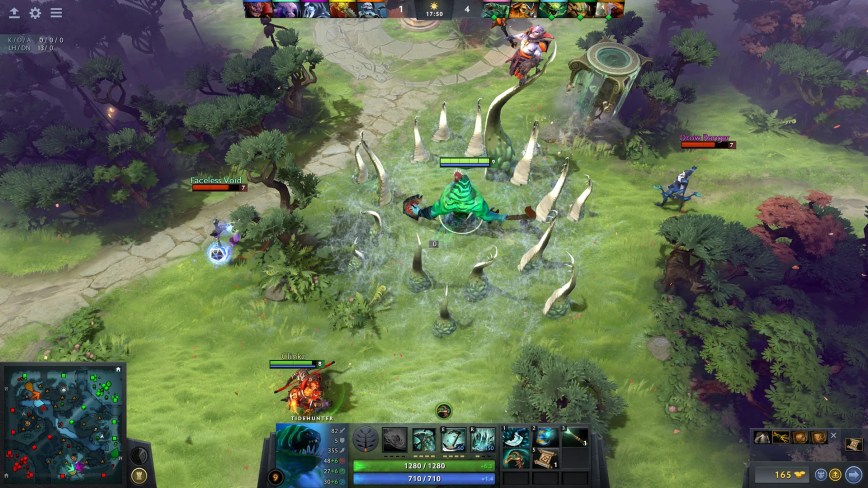Esports, also known as electronic sports, refers to competitive video gaming at a professional level. It has evolved significantly since its inception in the 1970s and 1980s, when video game competitions were held in arcades. In the following decades, esports grew in popularity and professionalization. Dedicated leagues and tournaments were established. Corporate sponsors became involved with teams. And a global audience was created through streaming platforms and other forms of media coverage. Here is a detailed review of how esports has changed over the years:
1970s-1980s: The Early Days of Esports
The earliest known video game competition took place in 1972 at Stanford University. The students played the game “Spacewar!” for a subscription to Rolling Stone magazine. However, it wasn’t until the late 1970s and early 1980s that video game competitions began to take the form of organized events, with the advent of arcade games and the rise of gaming culture. These early esports events were typically held in arcades and featured games such as “Pac-Man,” “Donkey Kong,” and “Galaga.”
1990s: The Emergence of Professional Esports
The 1990s saw the emergence of professional esports leagues and tournaments. It has also seen the growth of the internet, which allowed for online gaming and the development of the first-person shooter (FPS) genre. One of the first professional esports leagues, the Cyberathlete Professional League (CPL) was founded in 1997. It held its first event in Dallas, Texas. The CPL hosted tournaments for games such as “Quake” and “Unreal Tournament,” and attracted top players from around the world. Other notable esports events in the 1990s included the Red Annihilation tournament for “Quake,” which was held in 1997 and won by Dennis “Thresh” Fong, and the first “Street Fighter” tournament, which was held in 1996.

2000s: The Growth of Esports and the Rise of Multiplayer Online Battle Arenas (MOBAs)
The 2000s saw the continued growth of esports, with the establishment of more professional leagues and the expansion of tournaments to include a wider range of games. One of the most significant developments in this decade was the rise of Multiplayer Online Battle Arenas (MOBAs). It is a genre of strategy games that originated with the release of “Defense of the Ancients” (DotA) in 2003. MOBAs became hugely popular, with games such as “League of Legends” and “DotA 2” becoming mainstays of the esports scene. The 2000s also saw the emergence of other popular esports games, such as “Counter-Strike,” “Hearthstone,” and “Overwatch.”

2010s: The Boom of Esports and the Emergence of Major Leagues
The 2010s were a boom period for esports, with the establishment of major leagues and the growth of professional teams and players. In 2013, the League of Legends Championship Series (LCS) was launched in North America and Europe. It quickly became one of the most popular and lucrative esports leagues in the world. Other major leagues that were founded in the 2010s include the Overwatch League (OWL) and the Call of Duty World League (CWL). The 2010s also saw the rise of streaming platforms such as Twitch. This allowed esports tournaments and matches to be broadcast to a global audience. Corporate sponsorships and partnerships were also established, which helped to increase the visibility and profitability of esports.
2020s: Esports in the Olympics
The 2020s have seen the continued growth and mainstream recognition of esports, with the inclusion of esports in the 2022 Asian Games and the Paris 2024 Olympics. This decade has also seen the emergence of new esports genres, such as battle royale games, and the rise of mobile esports.

Summary:
Overall, esports has come a long way from its humble beginnings in arcades and LAN parties. It has grown into a legitimate and professional form of competition with a global following and significant support from game publishers, traditional sports organizations, and brands.

